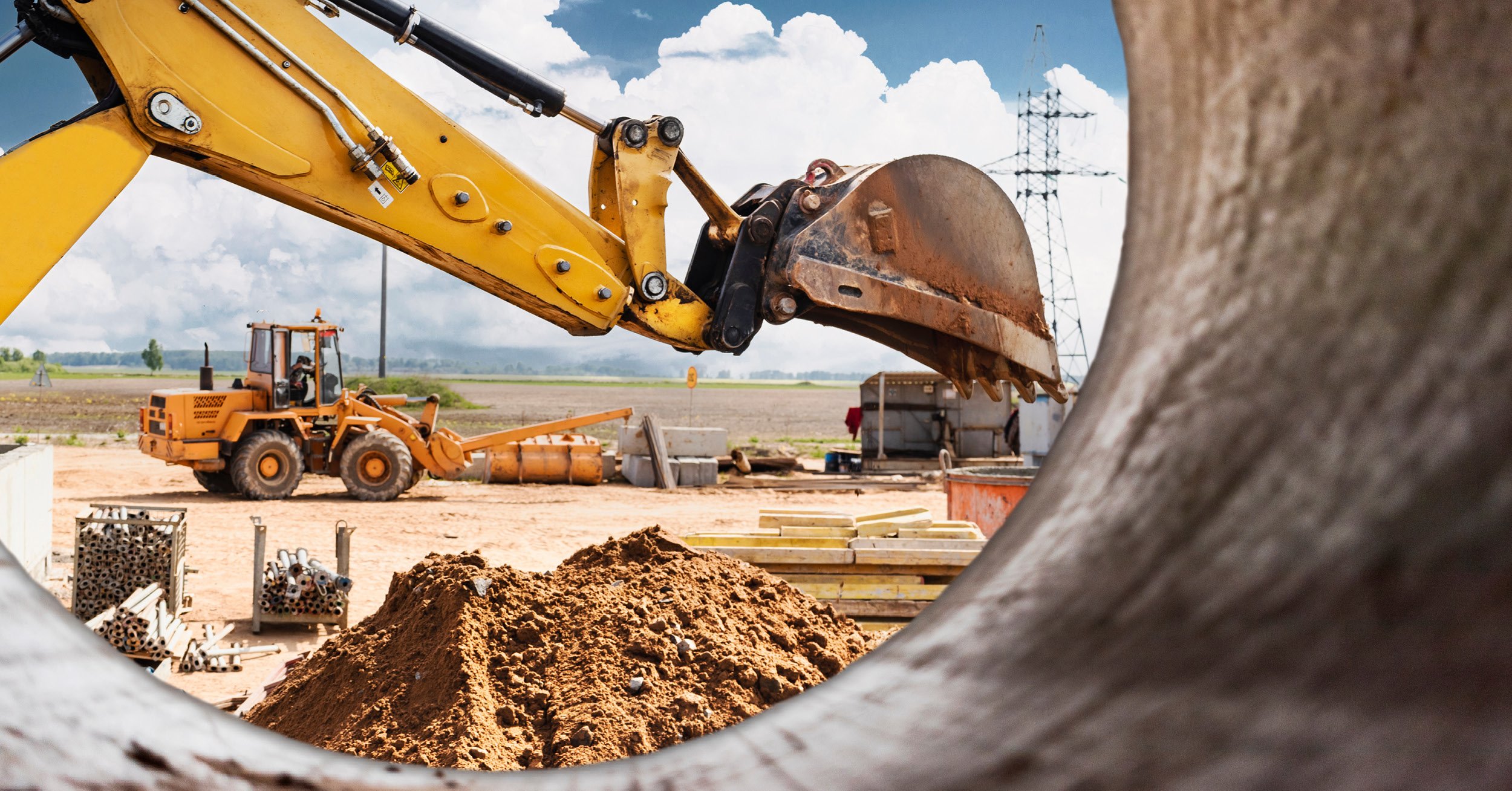Making Workplace Safety Technology Work for You
August 5th, 2020
3 min. read

There’s no question that technology continues to affect our everyday lives—how we sleep, workout, schedule meetings, set reminders, etc. It seems that no matter what you need personally or professionally “there’s an app for that” and workplace safety is no exception.
If you work in an industry where workplace safety is a primary concern—namely manufacturing and construction—certain safety policies and procedures are required by law. Violation of these laws impacts not only workers’ compensation, but also potential fines from the Occupational Safety and Health Administration (OSHA).
To remain compliant and lower accident rates, you likely have some kind of safety program in place that addresses ongoing training and recordkeeping, but staying on top of paperwork can be challenging.
Safety apps and software are designed to make paperwork easier, so let’s take a look at some general web-based technology that can help you manage your workplace safety program.
Automated Employee Safety Training
Proper safety training is important to all organizations, but it’s particularly important in industries like construction and manufacturing where employees must be able to recognize safety hazards and know how to safely operate tools and machinery. Ongoing safety training helps prevent workplace accidents and ensures compliance with OSHA regulations and safety standards, but traditional training methods can be costly and time-consuming.
Instead of organizing onsite training classes or one-on-one instruction for new employees, many companies choose automated training platforms to keep employees up to speed because they:
- Help ensure all new workers hear the same consistent messaging—everyone knows what to do and how to do it.
- Help you track annual training requirements for all employees.
- Make sure new and current employees get trained on new equipment or a new process.
- Include automated testing so you can verify that workers understand the lessons and meet required training standards.
- Track training progress, schedule training sessions, and provide data in one convenient reporting system.
- Allow you to tailor training by department, role, or other category so workers learn skills relevant to their specific jobs.
For many organizations, job-specific training includes ergonomics training to help reduce on-the-job injuries.
Predictive Ergonomics and Job Analysis
A physical job analysis should be performed for every position that exists in your organization. Not only is it helpful when crafting job descriptions, but also when determining the work-relatedness of a reportable injury or planning a return-to-work schedule following injury.
A job analysis should examine the following elements through observations and interviews with current workers and supervisors:
- Purpose of the job and essential job functions
- Physical, sensory and cognitive demands and how often they are required
- Common tools and materials handled (including weights and measures)
- Environmental exposures
A job analysis can serve as a critical document in a number of situations, including:
- Determining whether a person can perform the job with reasonable accommodations under the Americans with Disabilities Act (ADA).
- Training employees to work safely and avoid injury.
- Assessing if an injury is work-related or unlikely caused within the work environment.
- Examining injured employees for fitness of duty (i.e., resume normal duties after an injury or perform light duty).
Companies with a web-based job analysis program benefit from access to shared information. Key stakeholders within the company—legal, HR, operations, safety management—can see the most up-to-date information for every position in the organization. Companies see improvements in injury management and job rotation, communication with medical providers, cost control for workers’ compensation claims and an overall reduction in workplace injuries.
The good news is fewer workplace injuries means fewer injury reports need to be filed with OSHA and state workers’ compensation. The bad news is no safety program totally eliminates the need for OSHA recordkeeping.
Recordkeeping
With constantly evolving workplace regulations and standards, OSHA compliance and recordkeeping could be a full-time job within your organization. For most companies the responsibility of filing reports often lies with safety managers and/or human resources and can take valuable time out of their day.
Thankfully, OSHA recordkeeping can be relatively painless with a web-based application that auto populates data across all required forms, saving time and virtually eliminating filing mistakes. Some technology also provides real-time metrics for your organization’s DART rate, OSHA incident rate and lost time reports. Plus, a web-based program allows all stakeholders access to the same shared information for tracking purposes.
Which Software and Apps are Best?
As with any tool or program, safety apps and software aren’t necessarily one-size-fits-all and many platforms cater to specific business needs. To ensure the best fit for your organization, it’s important to understand your unique business risks and safety goals when choosing specific products.
With so many platforms available, it can be hard to determine which one is right for you. Our team can help you determine which products would best suit your needs. Contact us today and check out our whitepaper on putting workplace safety technology to work for you!
Brian Reimer, Strategic Risk Advisor
Brian joined the McClone team in 2012 and specializes in commercial property/casualty insurance, risk identification and management, and construction contract review. He also has a strong background in business marketing and strategic company branding, making him a well-rounded detail-oriented advisor and business partner.
Topics:












